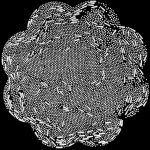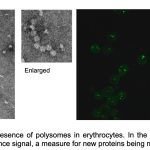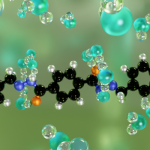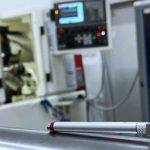
Cilia are whip-like appendages used by cells and tissues to move, and are indispensable for cellular and developmental processes ranging from the clearing of mucus in the lungs to the movement of sperm towards the egg. They are “active” filaments that spontaneously oscillate by continuously consuming chemical energy and dissipating it through periodic motion. For stable oscillations, the active energy input must be balanced by sufficient dissipation.
Scientists have so far believed that ciliary “beating” or oscillation is governed by external fluid friction. However, in a new study, researchers from the Department of Physics show that external fluid friction is not sufficient to balance the passive elastic stresses generated within the filament. It is actually “internal friction”, arising from slow structural rearrangements within the filament, which may be responsible for stable oscillations. This counter-intuitive result emerged from experiments using a novel method developed to study cilia isolated from the green algae Chlamydomonas. The study also settles a long-standing debate on the influence of external factors on the collective behavior of cilia.






